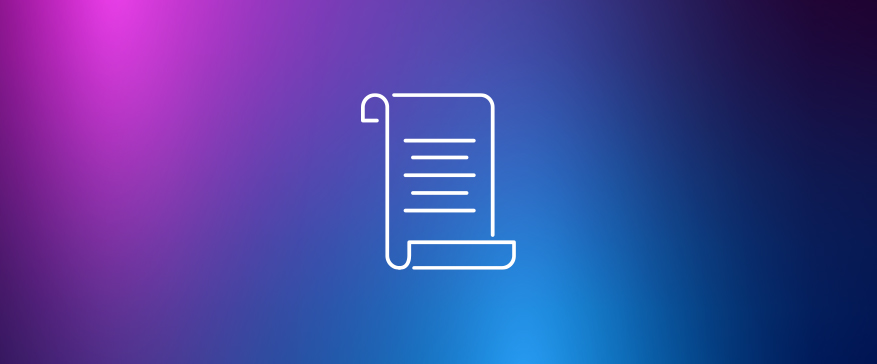The customer service industry, like most industries, has its share of jargon and acronyms—IVR, average handle time, ACD, abandon rates, and CTI, just to name a few. Even the name of the place that provides customer service—call center—is a bit insider-ish. These operations are often generically referred to as call centers because that's an established and very familiar term.
But some of these facilities are actually contact centers. Tell someone outside the industry that you work in a contact center and they might think you help people with their contact lenses (true story), but industry professionals should know exactly what you're talking about.
Call center or contact center?
The distinction between call center and contact center is an important one because the name signifies the way each one operates. A call center provides customer support and other services (like sales and debt collection) via phones. A call center might handle inbound calls, make outbound calls, or do both, but they have one defining characteristic—they only use phones.
In contrast, a contact center may offer phone support, but they also use other methods (also known as channels), such as email, chat, social media, text (SMS), and more. The specific mix of channels is defined by the business and should be based on customer demand.
Contact centers are designed to support customer interactions using more than just telephone calls, and that's reflected in their people, processes and systems. It's easy to know if you're in a contact center if you know what to look for.
8 signs you're in a contact center
As you can imagine, communicating with customers using digital channels such as chat and email is different from using only phones. A contact center still has the goal of providing exceptional customer experience (CX), but they have additional tools and processes to help them do that. To illustrate this point, here are some things you would see in a contact center but probably not a call center.
1. Multiple channel support
If you were magically beamed into a customer service facility, the most obvious way to tell if it's a contact center is by watching what the agents are doing. If you see agents interacting with customers via email, video chat, SMS, as well as phones, then you’re in a contact center. Giving customers a variety of ways to connect with you—in addition to phones—is the most basic difference between a contact center and a call center.
2. Multi-skilled agents
For maximum efficiency, contact centers can train their agents to handle contacts from multiple channels so that, for example, the same agent is proficient at phone, chat and email support. These multi-skilled agents can even alternate the type of contact they handle throughout the course of their shift. That agent you witnessed video chatting in #1 above? They might handle an inbound call or email next.
3. Unique agent tools
These multi-skilled agents need special tools to help them seamlessly shift between the different channels they support. This might include an inbox that consolidates all pending contacts in one location, which eliminates the need to constantly toggle through different systems (i.e., the email system, the SMS system, etc.).
4. Special training
Training in contact centers is also more complex than in call centers due to the additional channels they support. Not only does the curriculum need to be expanded to include training on unique software tools, but agents may also need training to develop writing skills and social media etiquette.
5. Expanded QA
Quality assurance programs in contact centers are more complex than their call center counterparts. Digital channels like email and chat require their own unique QA procedures and tools. Channel-specific QA requirements might also impact how the quality assurance team is structured since different skillsets are required to evaluate phone calls vs written contacts.
6. More KPIs
It's hard to believe a customer service operation can have more KPIs than they already do, but when a call center transforms into a contact center, more things are available to measure. You won't find reporting on Facebook Messenger response times or chat volume in call centers, but contact centers need data like this to effectively manage each channel they support.
7. More complex workforce management practices
Just like with phone calls, workforce management staff needs to forecast volume from the other channels and schedule agents to cover the anticipated workload. Efficiently scheduling multi-skilled agents further complicates the task. Workforce managers often rely on sophisticated software to make these activities more efficient and accurate.
8. More satisfied customers?
Maybe, maybe not. In a recent consumer benchmark study, we found that phone and chat were tied for top satisfaction scores and that consumers still prefer phone support over other channels. However, customers ranked several digital methods as being easier to use than phone. The impact to customer experience and satisfaction should receive heavy consideration when deciding whether to transform a call center into a contact center.






